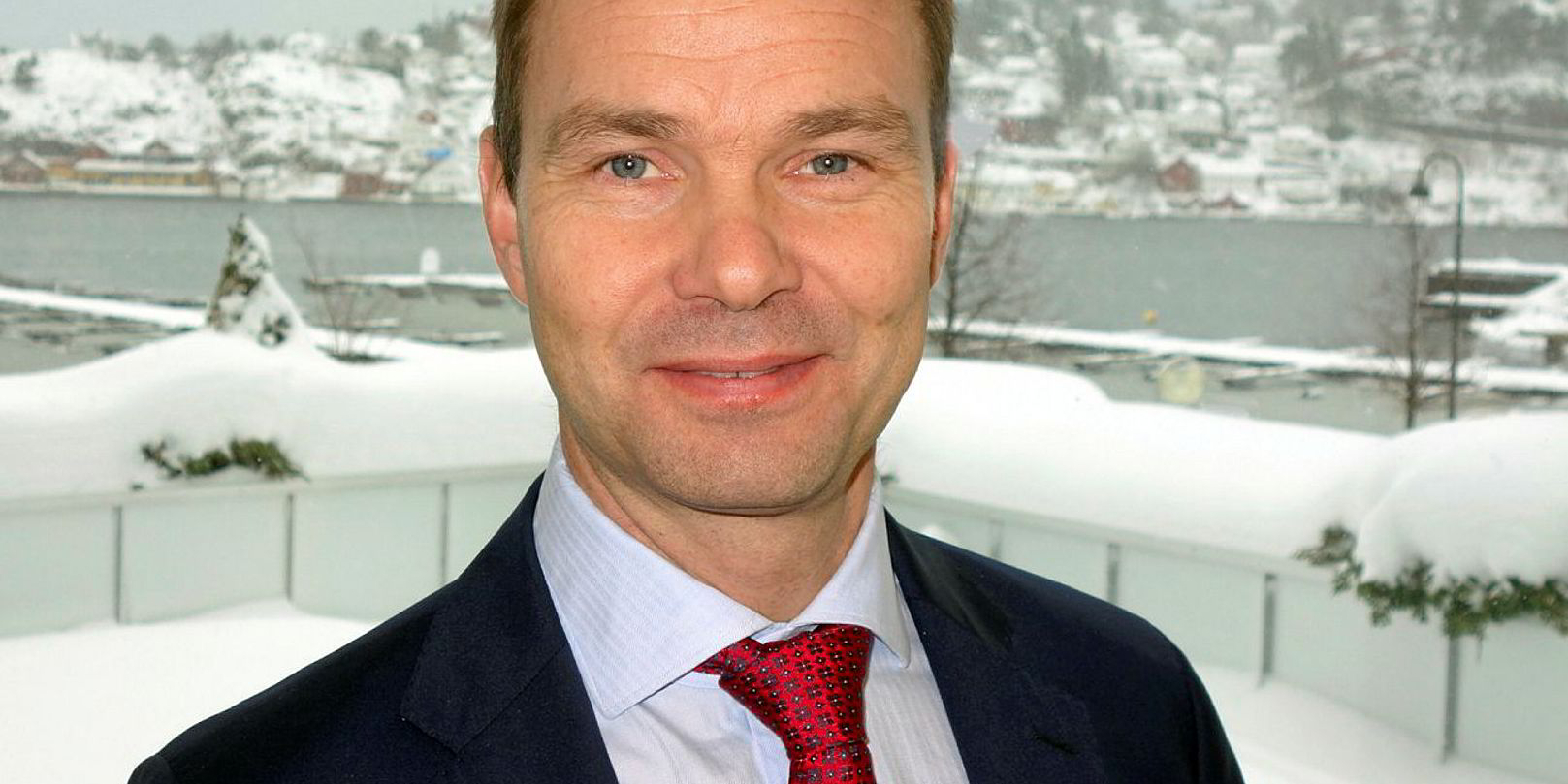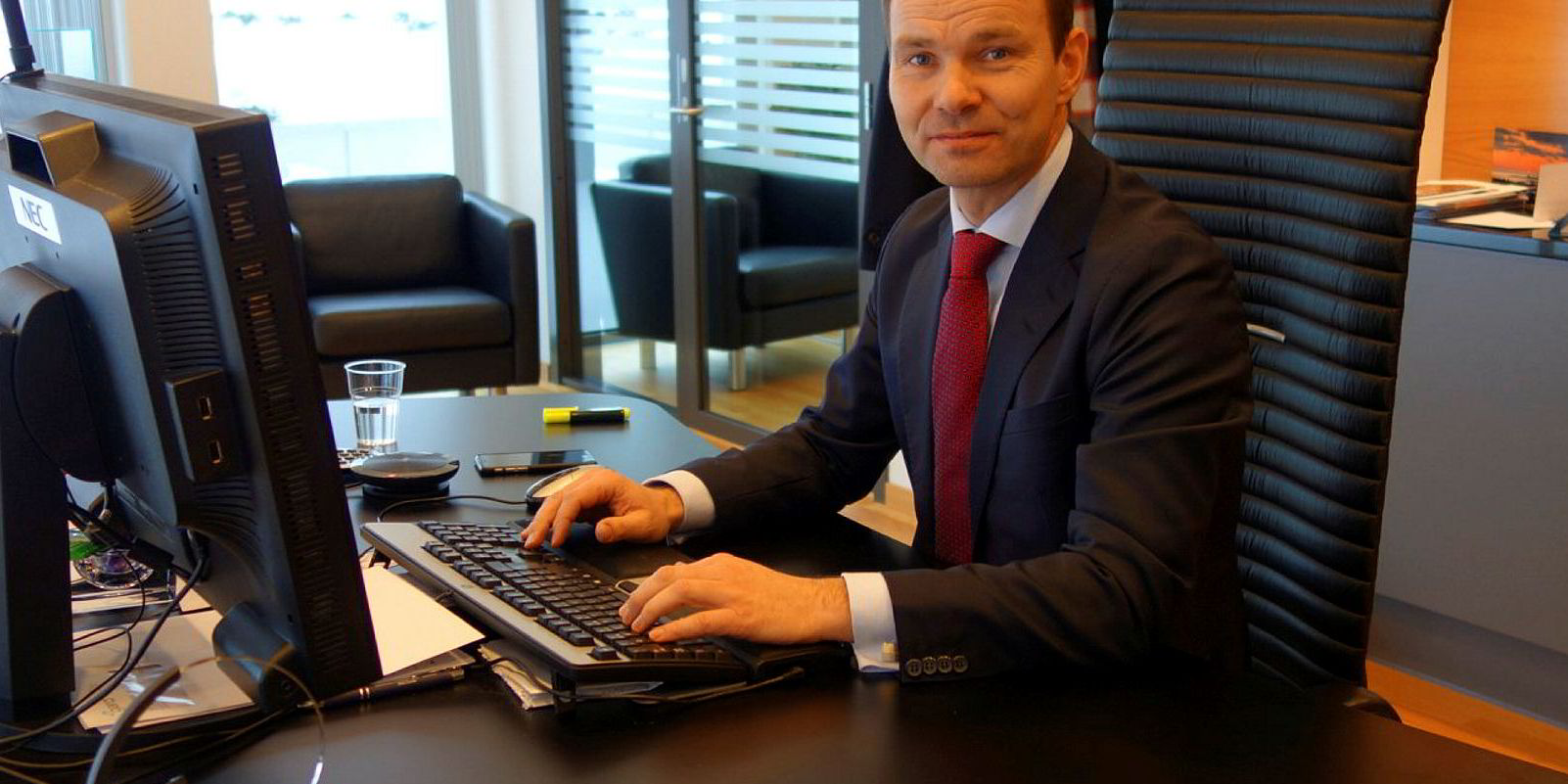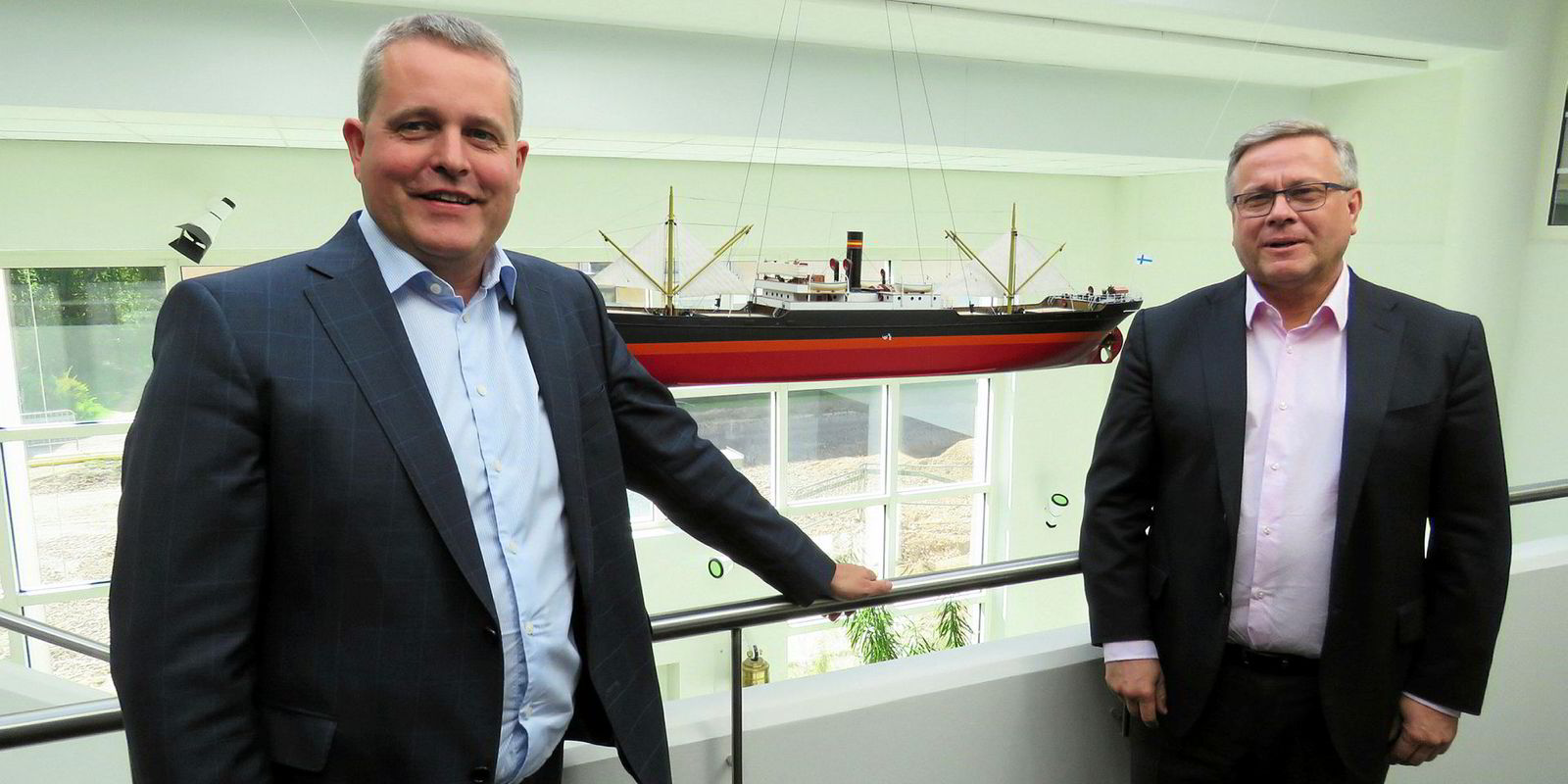Gard’s shock $53m loss announced last week for the policy year ending 20 February was the biggest surprise of all the results announced by protection and indemnity mutuals so far this year.
Not only was it the largest loss recorded by any club, it was Gard’s first set of red figures in a decade.
But much of its deficit now appears to have been down to an IT setback, according to more detailed figures released this week by the Norwegian marine insurer, rather than just the troubled markets.
Contract terminated
Drilling down on its results, Gard reveals the ending of a contract with a software supplier resulted in a $40m impairment in its results.
“This represents a major contributing factor to the loss,” Gard says in its earnings statement.
P&I claims increased to $537m, compared with $479m a year earlier, but premiums also rose to $798m, from $775m.
Gard made a technical loss in P&I of $24m in the 2018/2019 policy year, compared with a profit of $37m in the previous year.
Its P&I combined ratio was 106%, indicating claims and expenses exceeded premium income.
However, the IT losses were all allocated to the P&I business.
Its hull and machinery premiums in marine and energy increased 22% to $279m, but it also reported an overall loss of $37m and a combined ratio of 118%.
This was driven by an increase in high-cost claims. Total claims in the year amounted to a whopping $199m with one claim costing Gard $35m.
Despite the troubles, Gard remains in far the strongest financial position of all the International Group of P&I Clubs, with $1.1bn held in reserves.
Financially strong
In Gard’s statement, chief executive Rolf Thore Roppestad says: “The marine and energy insurance industry is typified by volatility and cyclicality.
“In our long-term business model, we expect years with losses. The fact that this is our first loss in a decade is testament to our ability to deliver better-than-average results.
“We aim to stay financially strong to deliver the stability and consistency needed to protect the assets, income and reputation of our members and clients.
“We aim to keep premium levels fair, predictable and sustainable over the long term, and return surplus capital to our members when the situation allows.”





